Chongqing- Since ancient times, the city of Changshou, the name which also means longevity, has explored the secrets behind a long, healthy life, which stems from the scenic beauty and relaxed ambiance.
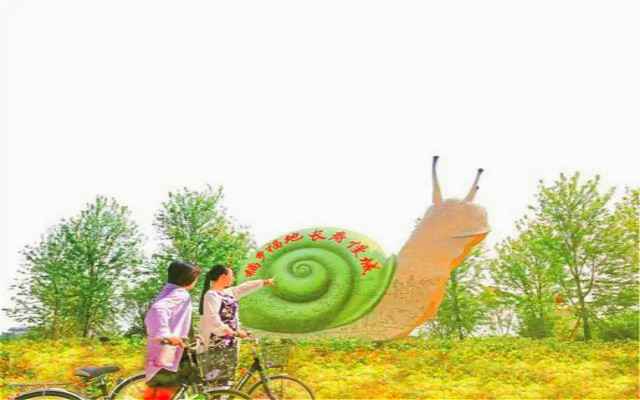
The giant snail sculpture of Changshou can be seen on entering the city and instills the leisurely pace of life in the hearts of visitors.
Let’s embark on a leisurely journey into Changshou to experience the refreshing breeze, serenity, nature, and culture.
After taking the motorway exit into Changshou, visitors behold the colorful sculpture of a giant snail, and the visual effect driving past instills a feeling of leisurely into the body and mind.
As required by the goals of prosperity, affluence, ecology, civilization, and effective governance, ‘Longevity City’ places emphasis on the ecology of mountains, rivers, forests, fields, and lakes, and has clarified ecological protection in great detail.
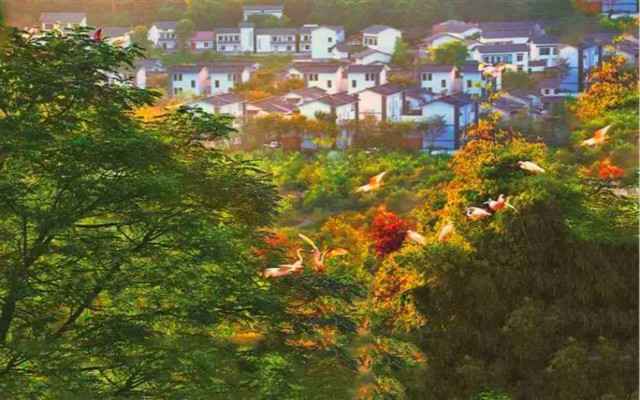
The pristine ecology of Changshou makes for the perfect living environment.
Green mountains, clear water, and traditional customs have been integrated to create a high-quality lifestyle in the countryside. The transformation of agricultural areas into scenic locations, pastoral scenery into nature parks, and village buildings into guesthouses has proven key to poverty alleviation and has revitalized people’s organic connection to nature while slowing the pace of life.
In 2018, Changshou launched the ‘Orange Country, Slow City’ project, based on a 40,000 mu citrus plantation in the Changshou Modern Agricultural Park. This location promotes the concept of slow city development and strives for green development, urban-rural integration, and cultural prosperity.
Here, visitors can release their inner pressures in the countryside, where they can experience farming culture, and hear of legends. Families come here to enjoy the surroundings and taste the specialties of Sichuanese and Chongqing cuisine.

Cycle lanes allow you to fully explore the idyllic orange groves at your own leisure.
There are elegant residential houses with white walls and blue tiles scattered through Lijiawan Village. Alleyways connect beneath the eaves, allowing people to sense the neighborhood harmony. In Shichang Village, where the stone is the main decorative material, you can appreciate the rugged yet artistic facades, while in Chaqishan Village, the beacon tower and city wall tell the rich legends of protecting against infiltration. Wherever you go, the local stories are full of intrigue.
Changshou has a natural oxygen bar, 40,000 mu of late-ripening citrus orchards that extends like a sea of orange trees. Bicycle paths and walking trails extend deep into the orange groves. It’s a perfect location to spend time with friends and family to wander the groves, take deep breaths of fresh air, and cast all worries aside.
Couples pass through the orange groves and on bicycles. At sunset in ‘Orange Fragrance Square’ to the backdrop of Sancai Lake, they date to the company of pigeons as they savor the leisurely and magical atmosphere.
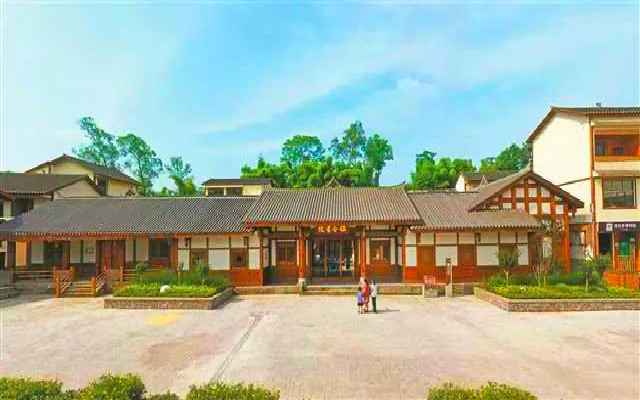
Take your time on a leisurely visit through the Changshou Book Courtyard.
The turns of the Caijia River surrounds Changshou to form a 7-kilometer wetland promenade, like a jade belt among the sea of orange groves. There are many corridor bridges that allow visitors to play with the water up close. When you are feeling tired, sit back and listen to the gurgling streams with your friends as the ducks swim past.
In the early Qing Dynasty, the Yang family moved here from Macheng, Hubei, to teach in a school. The students rushed to take the high school exams to become Chinese scholars. Word of the bright students spread quickly, and the Baohe Academy of Xiucai Village became famous.
In the academy, the halls offer a VR experience for people to grasp the true meaning of endless possibility and the nature of stringent imperial examinations. Harsh. The famous three-character scriptures and poems can be seen throughout the building, and the scenes of traditional farming depicted inside the courtyard are worth savoring.
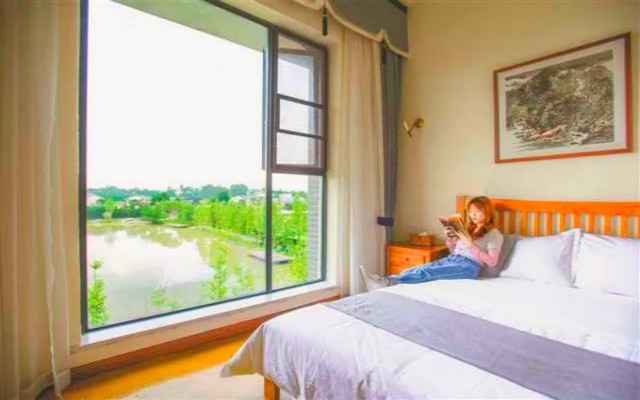
The unique guesthouses of Changshou bring you close to nature.
Yudetang is a library and lecture hall for rural culture and civilization, and also offers a modern book bar. After visiting Xiucai Bay, you can browse through the collections, drink a cup of tea, and quietly enjoy the leisurely atmosphere among the beautiful countryside.
By the entrance, there are paintings of calendars from the 1980s, seedling boats, wooden plows, and bulls. How many people still know of these farming methods?
Each summer when the fields are ploughed, there are always children joyfully picking loaches from the paddy fields. What scenes of old will remember here?
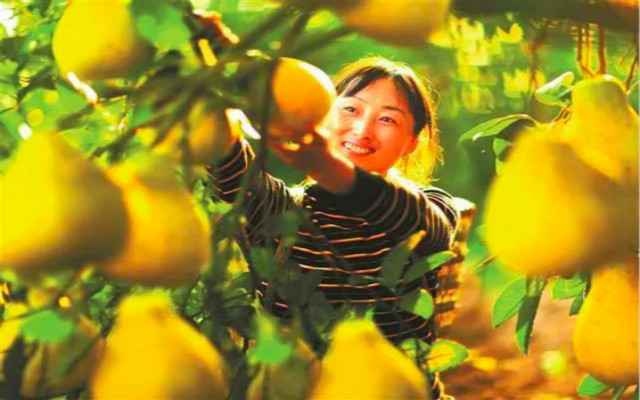
The fruits of Changshou are one of the secrets to longevity.
The guesthouses of Changshou share the characteristics of Eastern Sichuan but adapted to local conditions, such as the building materials and topography. They offer spaciousness and rich variety, as the colors are light, elegant, and blend harmoniously with the natural surroundings.
Spend a night among the acres of orange groves, and wake up to the sounds of local wildlife. Open up the window, stretch out and take a deep breath. Infuse a cup of tea, read a book, and relax with family for up to a fortnight. During these leisurely days, you can also meet up with friends and enjoy life at complete ease.
There are also parent-child homestays with specially designed toy rooms and tents for children. In addition, youth hostels offer a fresh environment at affordable prices, while renovated farmhouses are a unique option during a journey through these lands.
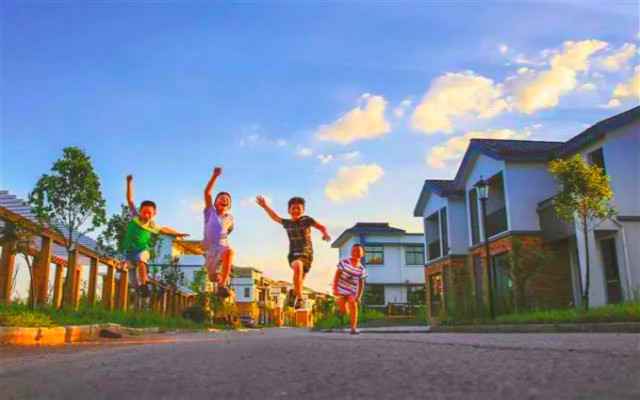
Changshou is a great location where children can play to their heart’s content.
Naturally, the local specialties of Changshou give ample opportunity to satisfy the taste buds.
Order a bowl of spicy longevity rice noodles, enjoy a plate of delicious blood tofu, and sense the nostalgia at the tip of your tongue. Longevity rice noodles were introduced to Changshou when Liu Bei entered Sichuan during the Eastern Han Dynasty. While the taste is delicate, smooth, and spicy, you can choose from the various toppings of beef, mutton, and fatty intestines.
Blood tofu has a long history in Changshou. It originated in the Qing Dynasty and is now listed as intangible heritage delicacy. It is made with tofu and fresh meat as a seasoning, kneaded into a dough, and then smoked.

Lakeside villages are a unique feature of Changshou.
How about a bowl of longevity fish noodles? These noodles are made from the organically raised fish of Changshou Lake.
The bones are removed, and the flesh is made into delicious and nutritious noodles. In addition, the Full Fish Banquet is of Changshou is not to be missed.
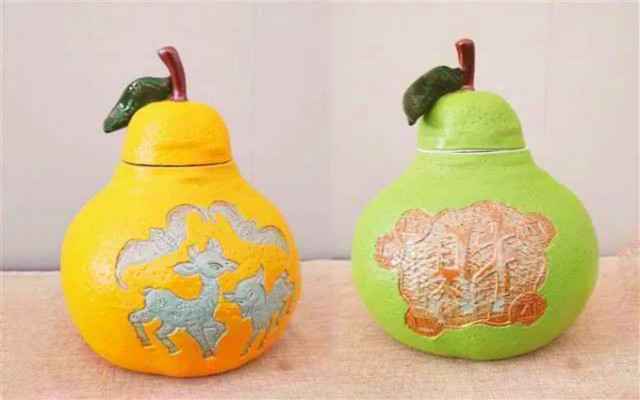
Changshou pottery.
Qishantwisted hemp biscuits are one of the most famous snacks of Changshou. According to the inheritor, Gan Yulin, his father-in-law mastered the craft of twist making in 1918 and later passed it on to him. The handmade biscuits use the process of mixing, kneading, cutting, rubbing, and then frying.
The raw materials are flour, sugar, and oil, and the hemp twists come in the two flavors of sweet or salted. They have a crisp taste and make a great bundle for friends and relatives.
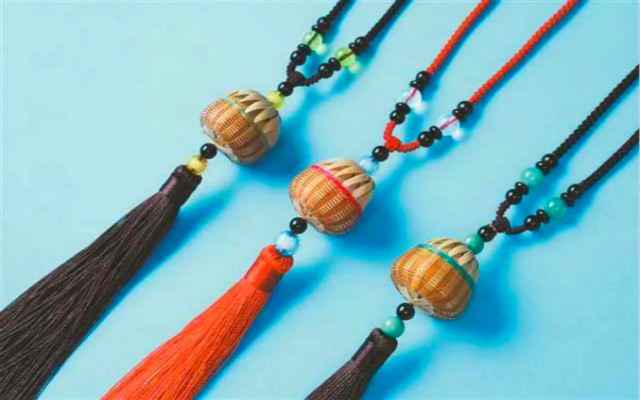
The artistic bamboo braids of Changshou.
Longevity in Changshou also comes from the local citrus varieties rich in vitamins. The pomelos are juicy, rich in flavor, and sweet. Changshou fish has a wealth of certified organic fish coveted widely, and range from 14 species, including silver carp, bream, catfish, and crucian.
After slowing the pace of life in Changshou, take a bundle of hemp twists and visit the nearby scenic spots of Bodhi Ancient Town. The surrounding lakes and mountains steeped in profound longevity culture will have you longing to return again and again.
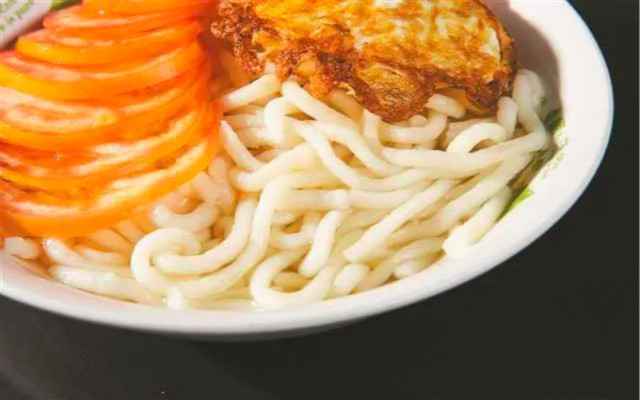
Changshou longevity noodles.
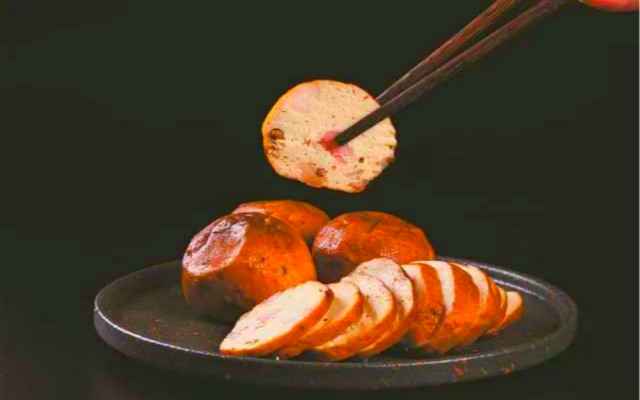 Changshou blood tofu.
Changshou blood tofu.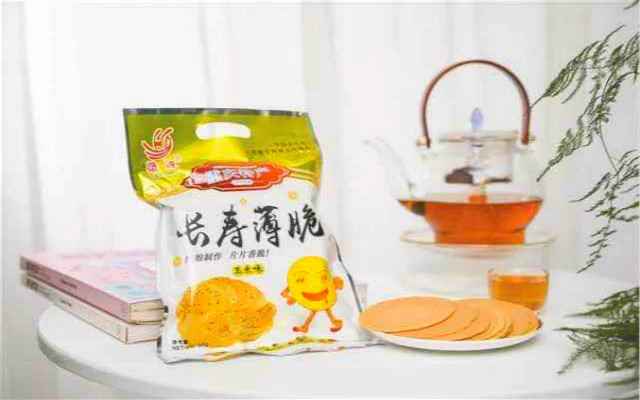
The crisp pancakes of Changshou are intangible cultural heritage.
